Arthur Henry & Jennie Augusta (Bennett) Barker

My maternal grandparents, Arthur & Jennie, married 19 March 1905; he was 23, she 20. My Mother, Lena Mae Barker was their second child born 29 September 1907 at Sodus Township, Berrien County, Michigan. Oscar was their eldest and after Mom they had Forrest, William, Victor. She also had a younger sister, Leatha, who died at age 13.
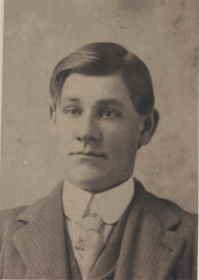
The 1910 U.S. Census lists Grandpa Arthur as a Fruit Farmer. He registered for the World War I Draft on 12 September 1918 at which time he was 37 with a wife and four children so ineligible for army service. He again registered for the draft of World War II but by then he was 61. This record indicates he was 5″9′, weighed 165, had blue eyes, a ruddy complexion with a mole on his forehead, and black & grey hair. Grandma Jennie had divorced him sometime before the 1940 U.S. Census was taken as it listed him as single, however, on 19 September 1948, he married Louise (Brance) Meyers; a second marriage for them both.
His death certificate filed at the Berrien County clerk’s office states cause of death on 15 March 1966 was “carcinoma of sigmoid colon with congestive heart failure”. Sadly, I only have a dim memory of seeing him just once at his farm in Sodus when I was quite young.

As far as my Barker uncles are concerned, I was closest to Victor who was seven-years older than I. It was because of him I moved in 1951 from Michigan to Wheaton, Silver Spring County, Maryland, just inside the Washington, DC Beltway. I had graduated from Eau Claire High School and was staying at Grandma Barker home in Benton Harbor while looking for work. Uncle Vic and his family were visiting and he suggested I go back to Washington, DC with them and look for work there. I agreed and a few days later left with them.
I also spent time with Uncle Victor in the years before his death and attended his burial  with military honors on Patton Drive at Arlington National Cemetery. Uncle Victor served under General George S. Patton during WW II but didn’t like him so there is a bit of irony that this was his final resting place!
with military honors on Patton Drive at Arlington National Cemetery. Uncle Victor served under General George S. Patton during WW II but didn’t like him so there is a bit of irony that this was his final resting place!
Sometime in the 1960s when I was living in Santa Barbara, California, I visited my Uncle Oscar Barker at the pub he and his wife Dorothy owned at Ojai, Ventura County.
Henry L. & Mary Elizabeth (Disbrow) Barker
Grandfather Arthur was the fourth son of Henry L. & Mary Elizabeth (Disbrow) Barker. On 1 July 1863, they were living at Michigan City, LaPorte County, Indiana when Henry registered for the Civil War Union Army Draft; the record show he was 23, married, and employed as a Teamster. However, I have no information as to whether or not he served in the Union Army and couldn’t find him listed in the Civil War Soldiers and Sailors Database.
The 1880 U.S Census for Sodus, Berrien County, Michigan, taken the year before Arthur’s birth indicate his parents, with their three sons and two daughters, were living on the family farm at Sodus, Berrien County, Michigan. This census record indicated Arthur’s parents, my maternal great-grandparents, were both born in Ohio but, according to the information provided in the census, after marriage they had lived in Indiana & Wisconsin before settling on their farm in Michigan.
Grandpa Arthur was born 24 March, 1881. Sadly, nine-months to the day after his birth, his father Henry died of Typhoid Fever at the age of 44; Great-grandmother Mary was left with six children under the age of 17 and a farm to manage.
The 1990 Census show Arthur is still living with his widowed mother on the family farm and she states both her parents were born in New York. Also, living with them is Mary’s granddaughter Hattie V. Barker. She was born in 1891 in California to Mary’s son, William O. Barker, and his wife, Lizzie T. Venable, who was born in Virginia. On their marriage license William gave his occupation as Goldminer: his residence was North Bloomfield, Nevada County, California; hers was Benton Harbor, Berrien, Michigan. They were married 31 July 1889 by O. F. Landis, Minister of the Gospel at Sodus then went back to California where Hattie was born two-years later. On 17 June 1898, William registered to vote in California at Angels Camp, Calaveras, California. As of 23 May 2016 I have no more information about why Hattie was living with her grandmother or what may have happened to her parents.
Grandpa Arthur’s grandparents, my 2nd great-grandparents are John H. Barker & Jane McConkey. The 1850 U.S. Census states John was born about 1814 in New York State. His occupation was farmer and the value of the farm was $100 ($33,000 relative 2016 value) and that he could read and write English. His wife Jane who was born around 1817 in Ohio was not literate. At the date of this census they were living in New London, Huron County, Ohio with their three children: Henry age 13; O. Jeanette age 8; Stephen N. age 8 and indicate that all their children had attended school. I have no date for John’s death but Jane died in 1833 in Sodus Township, Berrien County, Michigan. As of 19 May 2016 I have no further information on the Barker~McConkey lines.
For more information about the Disbrow ancestry see the Disbrow~Rogers Post.
Grandma Jennie Augusta Bennett was born on August 28, 1884 at St. Louis, Gratiot County, Michigan. Her parents were Joseph M. and Fannie (Briggs) Bennett.
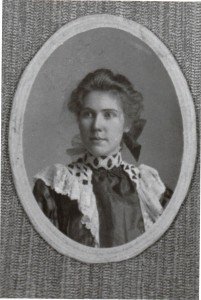
The following information about our grandmother was compiled by my sister: Carol Ruth (Tollas) Knapp
My grandmother, Jennie, was one of four children born to Fannie and Joseph Bennett in St. Louis, Michigan. A son, Willard, died in infancy. For some reason, she was adopted by her mother’s maternal grandmother, Narcissa Kemp, who married John Waldron after her first husband, James Bennett died in 1881. Her last name was changed to Waldron.
As Jennie Waldron, she was sent to live at the Lenawee County Michigan State Industrial School for Girls in Adrian, Michigan. Her name appears on the June 11, 1900 roster as Jennie Waldron, 16. This was a school that taught girls domestic trades, and she earned a cooking certificate there. She would never say why she was placed there, and the records have been sealed.
According to a description of the school, “when the board and superintendent were satisfied that girls are qualified, morally and otherwise, and it is to their welfare to leave the Home, places are found for them in the families of the farmers of the state. Great care is exercised in regard to these allotments, and girls can be called in at any time. Each girl receives a salary of from $1.50 to $2.50 per week, and a stipulated portion is returned quarterly to the Home and given the proper credit, the amount being returned to them upon receiving their final discharge.”
When she married my grandfather, Arthur Barker, her name on the marriage license was Jennie [Waldron not] Bennett. Their children were Oscar, Lena (my mother) Forrest, William, Letha (who died of a congenital heart condition in her teens) and Victor, who was a career Army officer and is buried in Arlington Cemetery.
My grandmother was divorced from my grandfather, and later married his first cousin, William Erastus Tritt, whose mother, Emma Hanna Amelia (Disbrow) Tritt, was the sister of my great-great-grandmother, Mary (Disbrow) Barker. She and William had no children.
In her later years she developed a dowager’s hump and walked with great difficulty. She came to live with her daughter and son-in-law Lena (my mother) and Alfred Tollas (my father) at 1056 Superior Street, Benton Harbor, where they moved after selling their home in Eau Claire in 1964. After a stroke, she was moved to a nursing home, where she passed away.
[After she and Grandpa Arthur divorced, she obtained work as] the housekeeper for Maurice Scofield, a prominent Benton Harbor, banker who committed suicide by carbon monoxide poisoning in his car on January 5, 1942. He bequeathed the family residence on Broadway Avenue, Benton Harbor to her.
The 1940 U.S. Census indicates Grandma Jennie lived at the Scofield residence at 486 Broadway Avenue. The house valued at $3,000 ($99,600 real value in 2016) was willed by Scofield to Grandma Jennie after he died two years later.
The last time I saw Grandma Jennie was when we spent a Thanksgiving dinner at her and William’s home in Benton Harbor, Michigan around 1957.
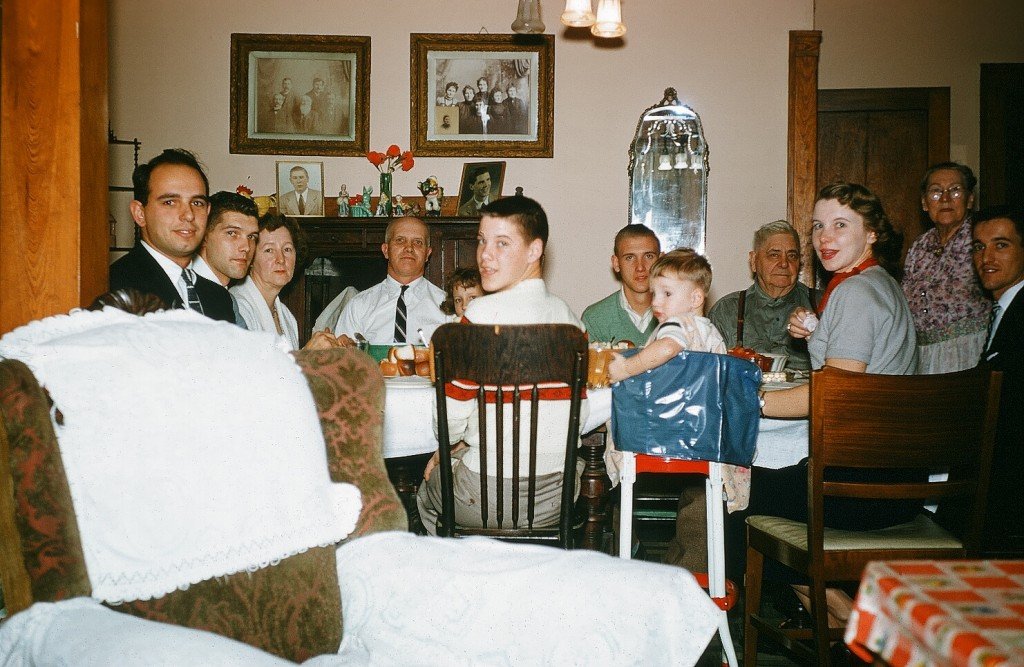
Joseph M. and Fannie (Briggs) Bennett
Grandma Jennie’s father my great-grandfather Joseph M. Bennett was born on 29 January 1854 at Williams County, Ohio to James M. & Narcissa (Kemp) Bennett. He died on 13 November 1923 at Vestaburg Station, Montcalm County, Michigan with the cause of death being cancer of the lip and jaw.
His obituary stated: Joseph Bennett was born in Williams County, Ohio on Jan. 29, 1854 and died at his home near Vestaburg, Michigan on Nov. 18, 1923 at the age of 69 years, 9 months and 15 days. When a boy he left Ohio and moved to St. Louis, Michigan with his parents, where he was united in marriage in 1882 with Miss Fannie Briggs. To this union was born four children: Mrs. Jennie Barker of Benton Harbor, Mrs. Lottie Snyder of Edmore, Charles Bennett of Belding and one son who died in infancy. Besides he leaves to mourn their loss a loving wife and one brother, Alonzo Bennett of St. Louis, Michigan and a host of friends. He also had brothers James, Edward and Charles. He was a machinist.
James M. & Narcissa (Kemp) Bennett
Great-grandfather, Joseph was the second son born to James M. & Narcissa (Kemp) Bennett who are my 2nd great-grandparents. In 1860 U.S. Census gives their address as Coe Township, Isabella County, Michigan. As their first child, Alonzo, was six-years of age indicates James and Narcissa may have married around 1854.
During the Civil War, James enlisted from Waverly, Michigan on 29 February 1864 into the Union Army. He was part of Company H, Michigan Thirteenth Infantry which was with General Sherman on his famous “march to the sea” that ended at Savannah, Georgia which surrendered on 16 December 1864. He also participated in the victory march at Washington, DC shortly thereafter. James was hospitalized on 5 July 1865 at Harper Hospital, Detroit, Michigan and was discharged from service there on 18 July.
The following is from Michigan Volunteers in the Grand Army of the Republic:
“The Michigan Thirteen Infantry was organized at Kalamazoo on 17 January 1862 under Col. Charles E. Stuart, Kalamazoo; U. S. Army Captain Orlando H. Moore, Schoolcraft; Maj. Frederick W. Worden, Grand Rapids; Surgeon, Alexander, Dexter; Asst. Surgeon, Foster Pratt, Kalamazoo; Adj. John B. Culver, Paw Paw; Quartermaster George F. Kidder, Kalamazoo.
“In January, 1864, the regiment veteranized, 173 re-enlisting, and returned to Kalamazoo, where it arrived the 12th and was furloughed for thirty days. It returned to Chattanooga on the 12th of April with a large number of recruits, [one of whom was 2nd Great-Grandfather James M. Bennett. (MTB)] and was soon actively engaged in the construction of military hospitals on Lookout Mountain, and in the pursuit of General Forest, until November [1864], when it joined the army under General Sherman and was assigned to the Second Brigade, First Division, Fourteenth corps. It marched with Sherman to the sea and reached Savannah on the 16th of December [1864]. After the city surrendered, the Thirteenth marched with Sherman’s army through South and North Carolina, meeting the enemy at several points and fighting a pitched battle with General Johnson and Hardee’s forces in Bentonville, N. C., the 19th of March [1865], where the regiment sustained heavy loss, the last battle of importance fought by Sherman’s army.
“After General Johnson’s surrender the Thirteenth marched to Richmond, Va., and thence to Washington, D. C, where it took part in the grand review.
“On the 9th of June [1865] the regiment proceeded to Louisville, Ky., where it was mustered out of service July 25, and arrived in Jackson, Mich., July 17, 1865, where it was paid off and disbanded.”
Major battles 2nd great-grandpa James Bennett would have been engaged in were:
- October 8, 1864: Florence, Alabama
- December 17, 18, 20, 21 1864: Savannah, Georgia
- February 28, 1865 Catawba River, South Carolina
- March 16, 1865 Averysboro, North Carolina
- March 19, 1865 Bentonville, N. Carolina
In the 1880 U.S. Census the family was living at St. Louis, Gratiot County, Michigan. This being the first census in which the birthplace of parents are required, James gives Vermont as the birthplace of his father, New York for his mother. Narcissa lists both her parents as born in Ohio. They now are a family of five sons all single: Alonzo (27), Joseph (24) who were born in Ohio & three, James (18), Edward (16) and Charles (8) born Michigan.
After James died in November 1881, Narcissa married John S. Waldron a year later. As the widow of James, Narcissa filed for his Civil War pension in September 1910, a year before she died. Then in October 1916 the right to receive his pension was contested by Elizabeth Emerson. I have no information about Elizabeth Emerson so who she was and how this was resolved remains a mystery.
Second Great-grandmother, Narcissa Kemp, born in 1835 in Richland, Vinton County, Ohio as the third child daughter of Jacob M. Kemp (1811-1881) & Harriet Hoy (1810-1891). Jacob first had a farm in Ohio, then Michigan, and mid-life owned a grocery. For information about these ancestors see the Kemp~Hoy Post.


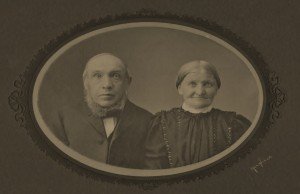
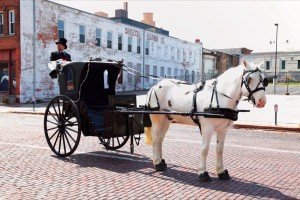
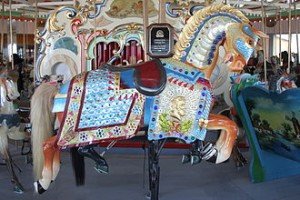
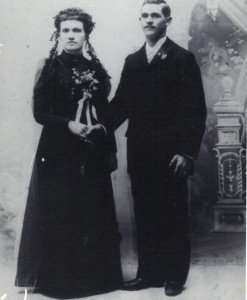

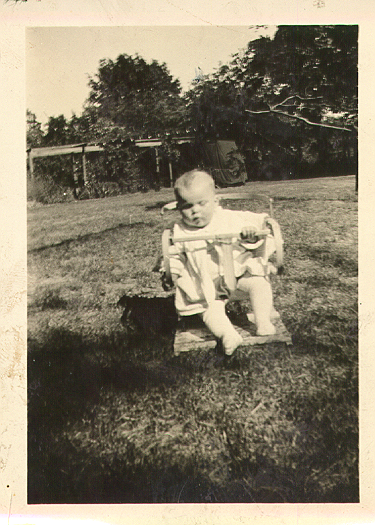
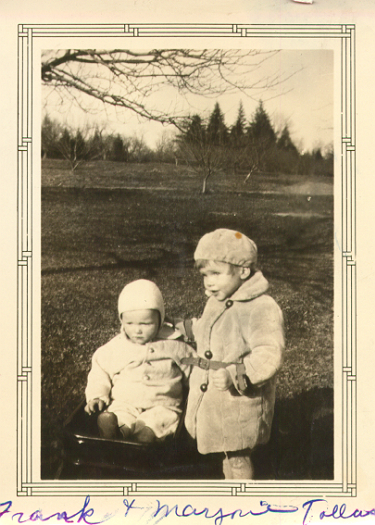


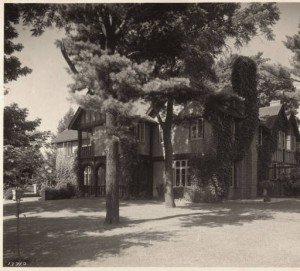


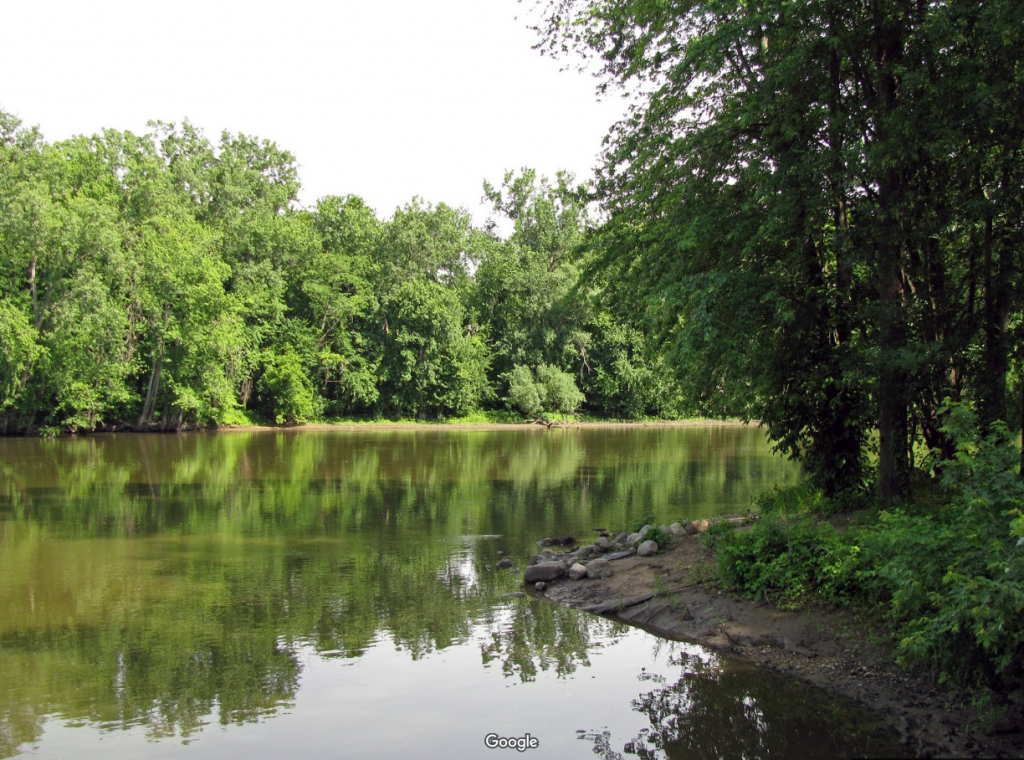

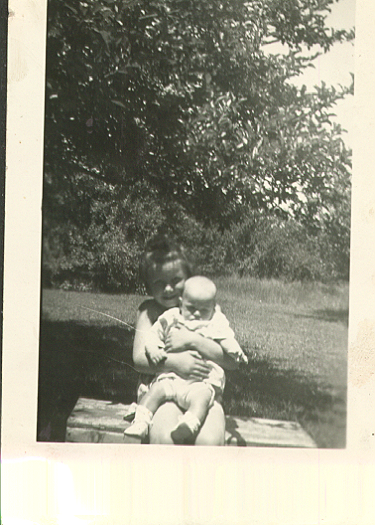
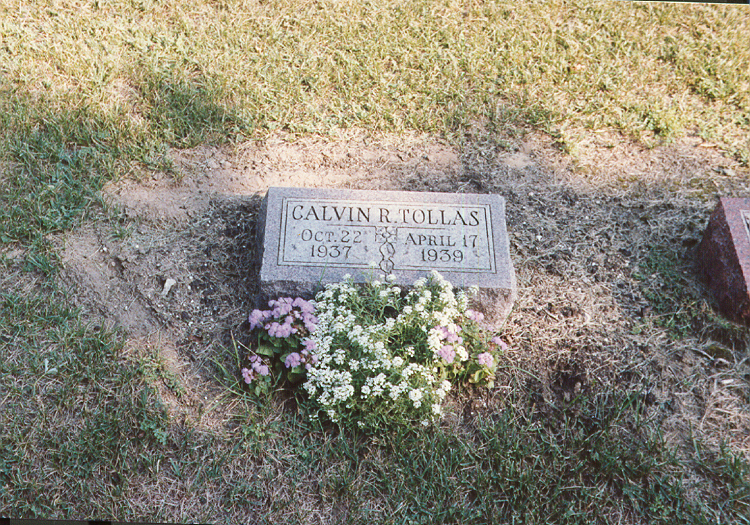

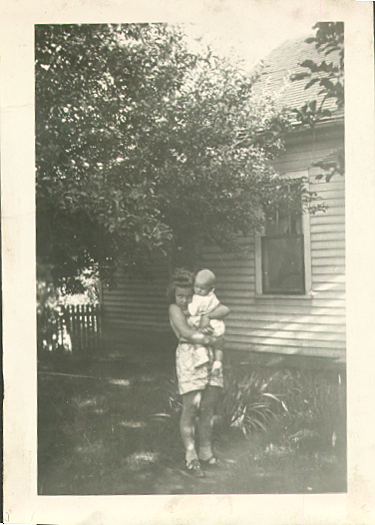
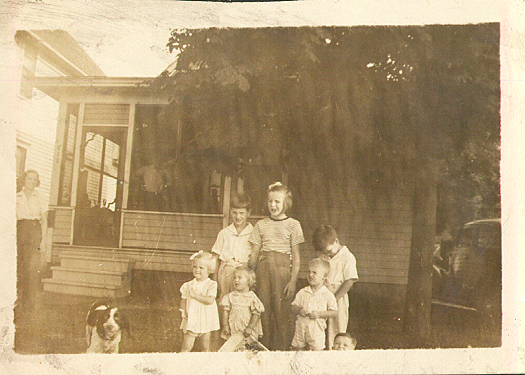
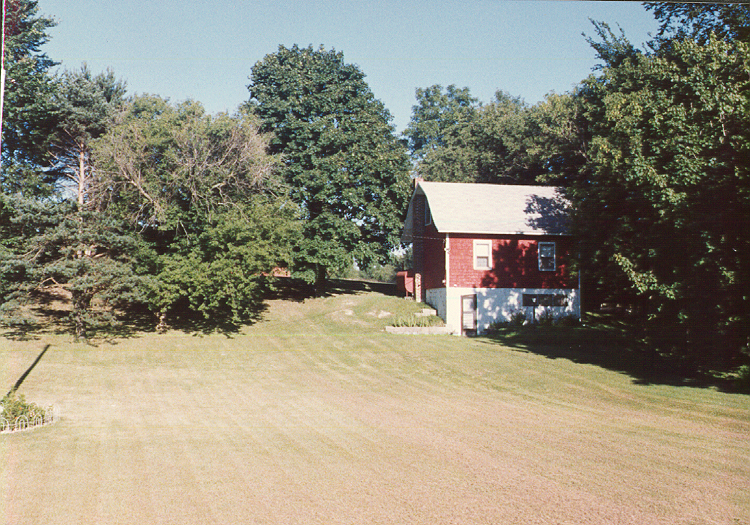

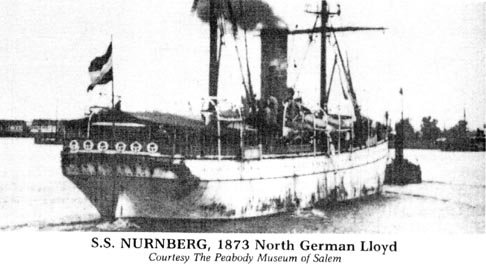 In 1885, the family emigrated on the SS Nurnberg fromBremen, Germany to Baltimore, Maryland. They then traveled on to St. Joseph where other Loraff and Reischke relatives had settled in 1857.
In 1885, the family emigrated on the SS Nurnberg fromBremen, Germany to Baltimore, Maryland. They then traveled on to St. Joseph where other Loraff and Reischke relatives had settled in 1857.

